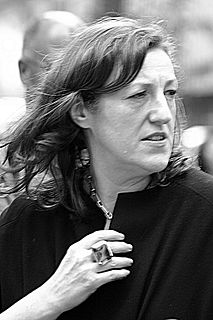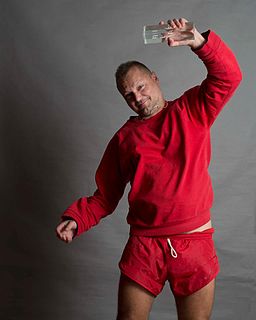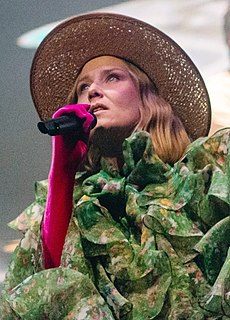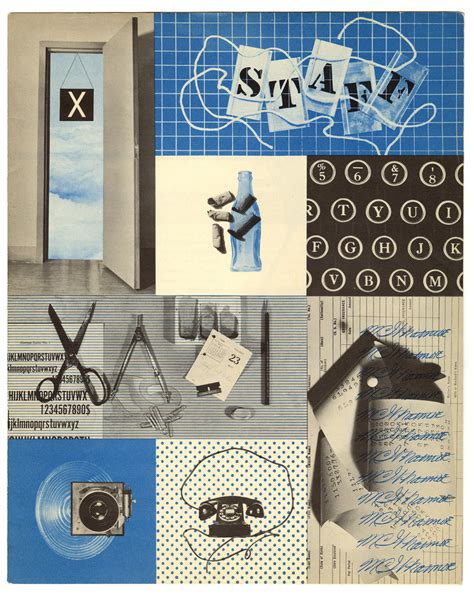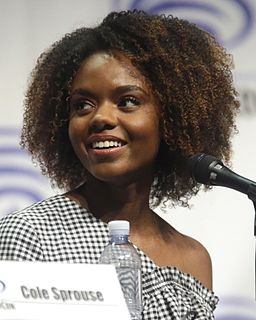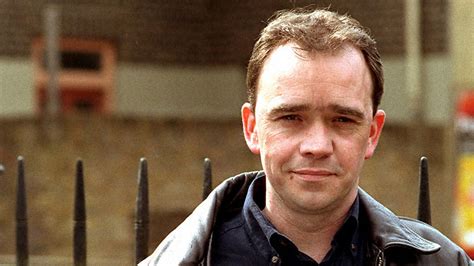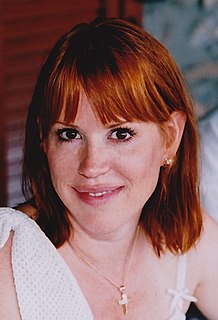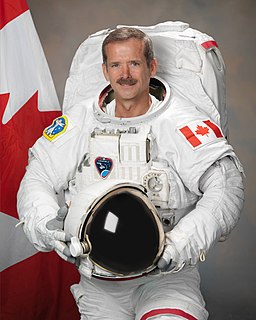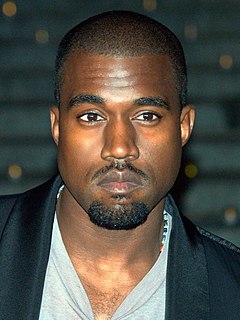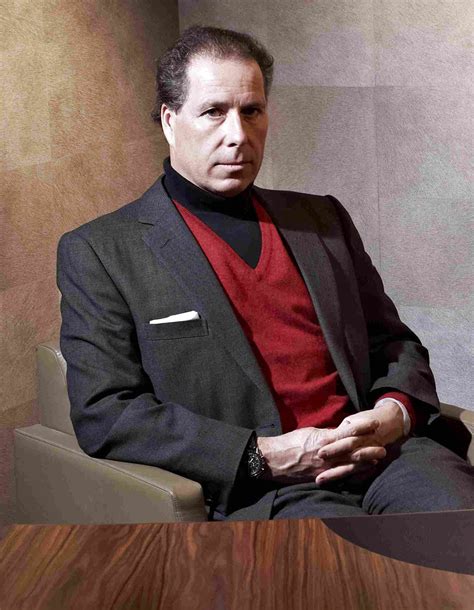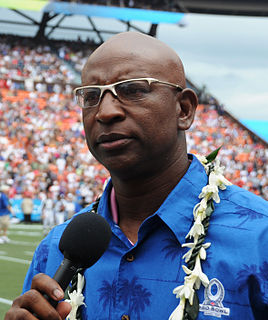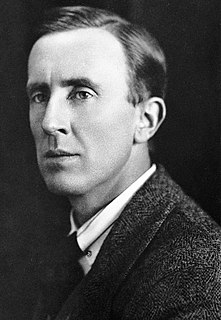A Quote by Ray Bradbury
I was partially raised by an aunt who was a dress designer, so I was around her studio all of my early life. I know materials. I can look through Harper's Bazaar and decide what works and what doesn't, or any other magazine, Seventeen if you wish.
Related Quotes
How a designer gets from thought to thing is, at least in broad strokes, straightforward: (1) A designer conceives a purpose. (2) To accomplish that purpose, the designer forms a plan. (3) To execute the plan, the designer specifies building materials and assembly instructions. (4) Finally, the designer or some surrogate applies the assembly instructions to the building materials. What emerges is a designed object, and the designer is successful to the degree that the object fulfills the designer's purpose.
I can see clothes of silk, if materials that do not hide the body, nor even one's decency, can be called clothes. ... Wretched flocks of maids labor so that the adulteress may be visible through her thin dress, so that her husband has no more acquaintance than any outsider or foreigner with his wife's body.
The words graphic designer, architect, or industrial designer stick in my throat, giving me a sense of limitation, of specialisation within the specialty, of a relationship to society and form itself that is unsatisfactory and incomplete. This inadequate set of terms to describe an active life reveals only partially the still undefined nature of the designer.
My mother is gay. She was married to my dad up until I was 9. She was just like, 'I'm tired of this. I'm just going to be with who I want to be with.' So I've been raised by women, through my mom and also my aunt. My aunt is bi, and most of her partners have been women. I was always surrounded by a very strong tribe of people.
I know I wasn't allowed to go to fashion school; I can't cut a dress like Galliano, right? But I had enough wherewithal to go to that studio on my first collection and bring Kim, [stylist] Christine Centenera, Ian Connor, Theophilus London, Virgil Abloh...they all came down to [Vetements/Balenciaga designer] Demna Gvasalia's studio that night and hung out.
Design is important. I spend much of my working life as a designer. But how can you design for materials if you don't know what they can do? The feel of them, the possibilities, the capabilities? These are things you learn only by working with materials all the time. Frankly, a university degree is not much help in that.
I was raised by my great-great aunt. I was adopted within our family. My mother had me when she was, I think, 15, 16. They tried to get her to have an abortion and she refused. So, my 'mama' adopted me, which was really her great aunt, which was really my great-great aunt, who was named Viola Dickerson. I was told that my mother was my sister.

